Researchers in Dresden have developed an office chair aimed at alleviating the discomfort experienced by sedentary workers. With the rise of remote work and increased digitalization, many people spend significant amounts of time in front of computers. This new chair offers a solution to the health issues associated with a sedentary lifestyle.
A test laboratory at the Dresden University of Technology in Germany has been exploring ways to make a sedentary lifestyle healthier and more enjoyable. After years of testing, scientists have used sensors to monitor body movements, aiming to understand the effects of sitting versus moving, and how to make sitting a healthy activity.
Dr. Martin Schmauder, an ergonomics engineer, explained, “We wanted to study the physiology involved in sitting, to determine the most effective moments for movement, and to identify when it’s beneficial to stand up and walk around.” He noted that the researchers are seeking “the right dose” of movement for optimal health benefits.
The team has already designed several chairs, including one with a low center of gravity that moves like a ball, and another that functions as a rocking chair with a high center of gravity. The latter design allows the head to remain stable while the legs swing, simulating the motion of walking.
Ergonomist Mark Bührer elaborated, “We tried to replicate the movement of walking while sitting, with the rotation point at the body’s center, creating a movement similar to walking.” This chair enables users to stay active while seated. “Today, I virtually covered 1.2 km while sitting down,” Bührer noted.
This chair not only offers freedom of movement, relieving body tension, but also includes a sensor that tracks pelvic movement. Users can see how many calories they’ve burned while sitting. This innovative design has been in development for the past three years.
The Dresden researchers are now seeking manufacturers to transform the rocking chair into an appealing, health-promoting office chair. “If we can make sitting similar to walking, we’ve achieved our goal,” said Dr. Schmauder.


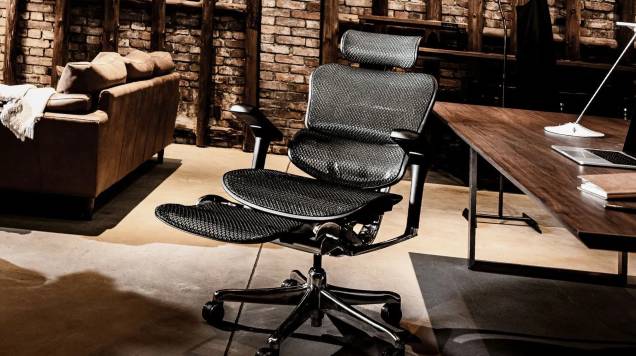


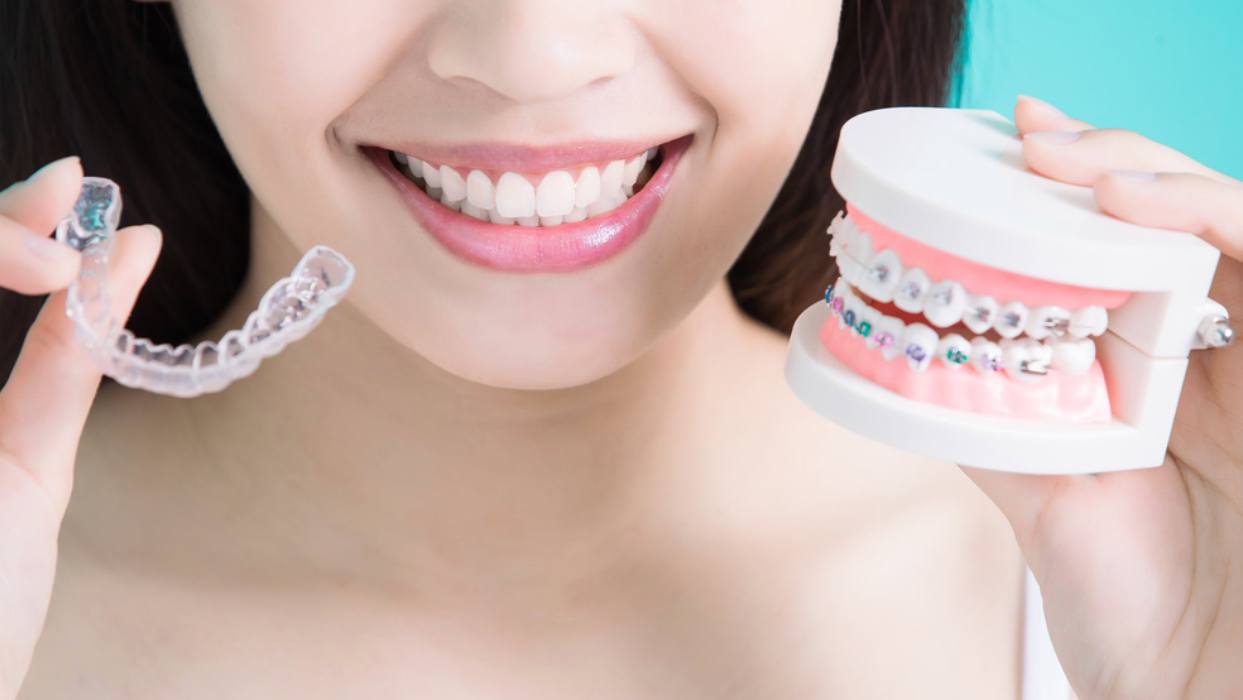


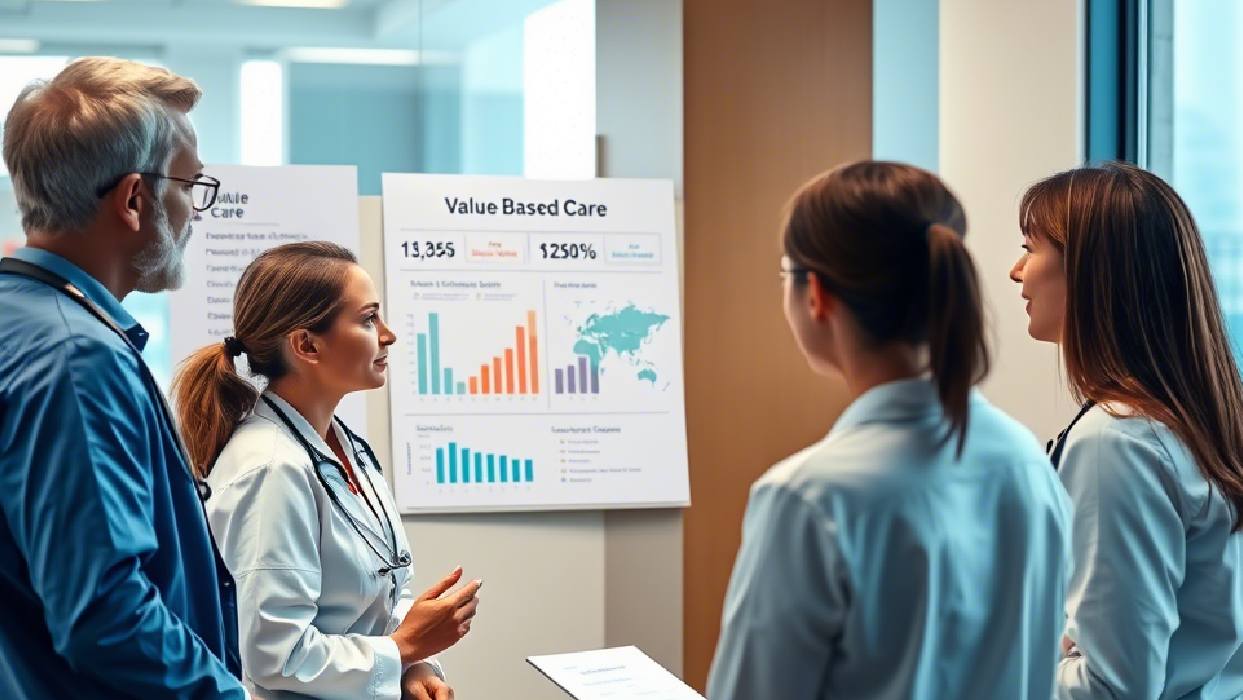

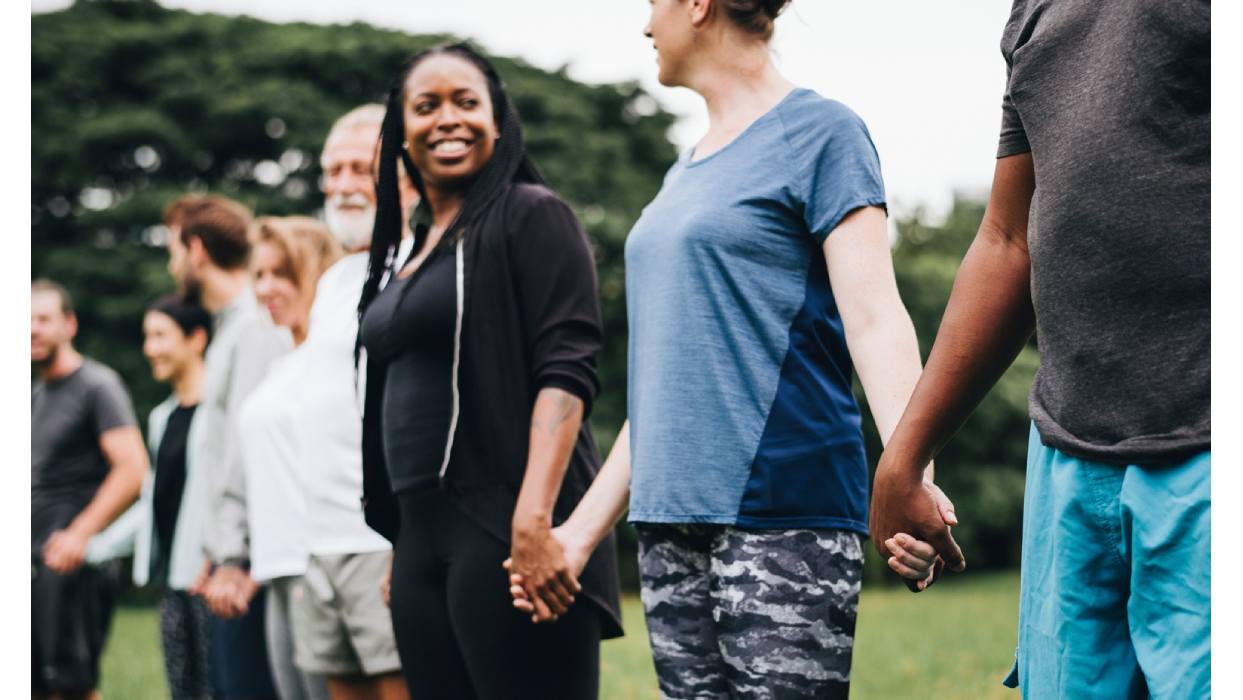
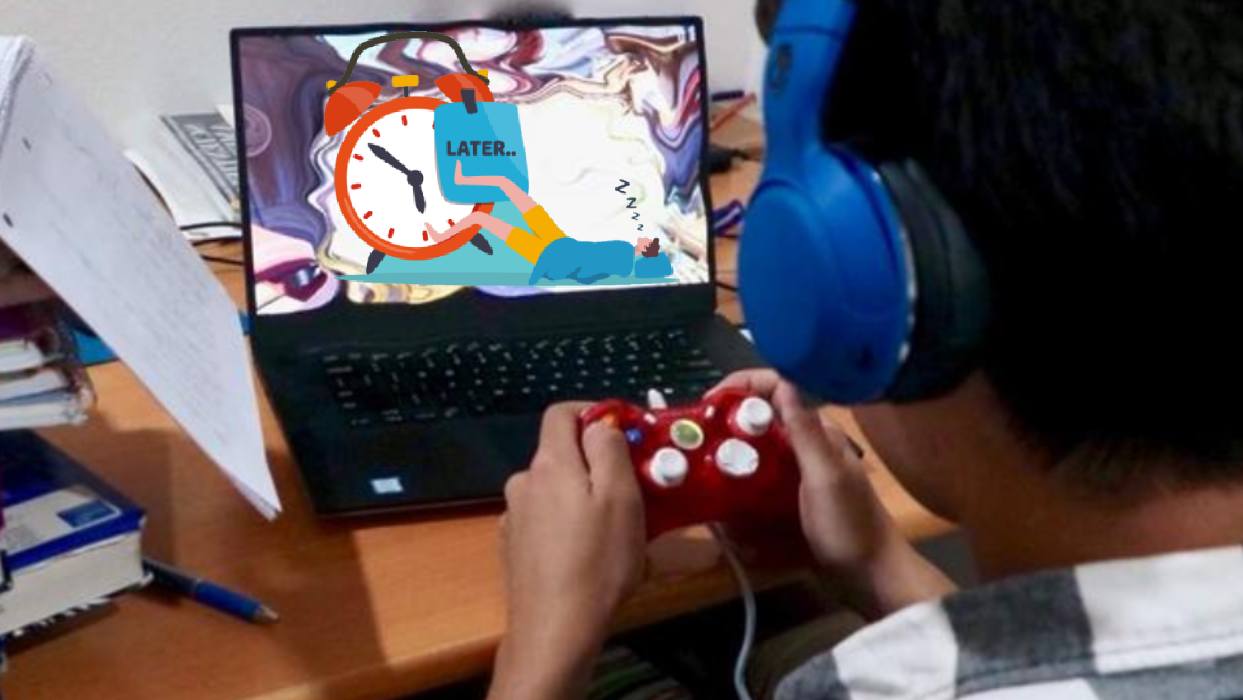
Leave a Reply